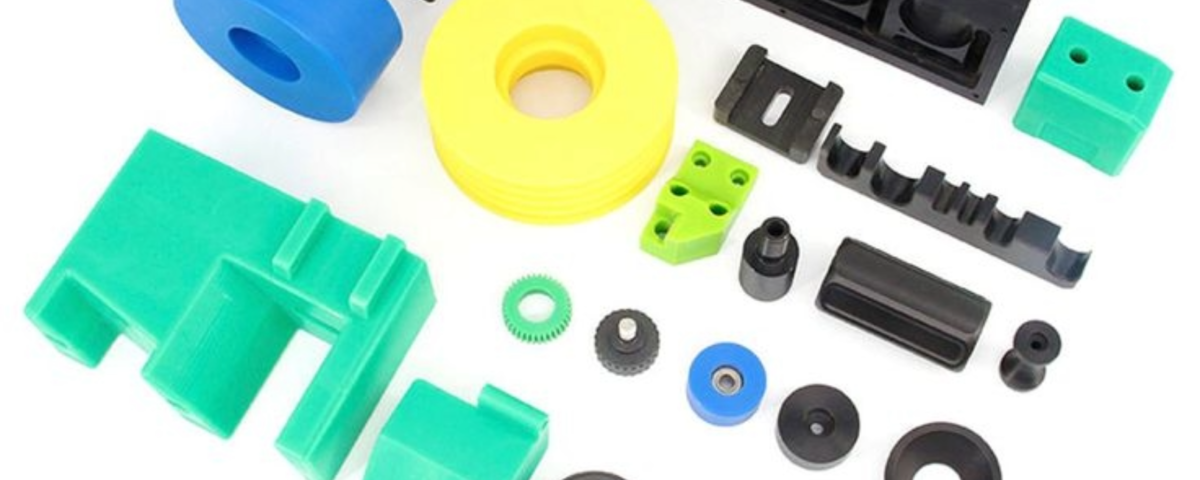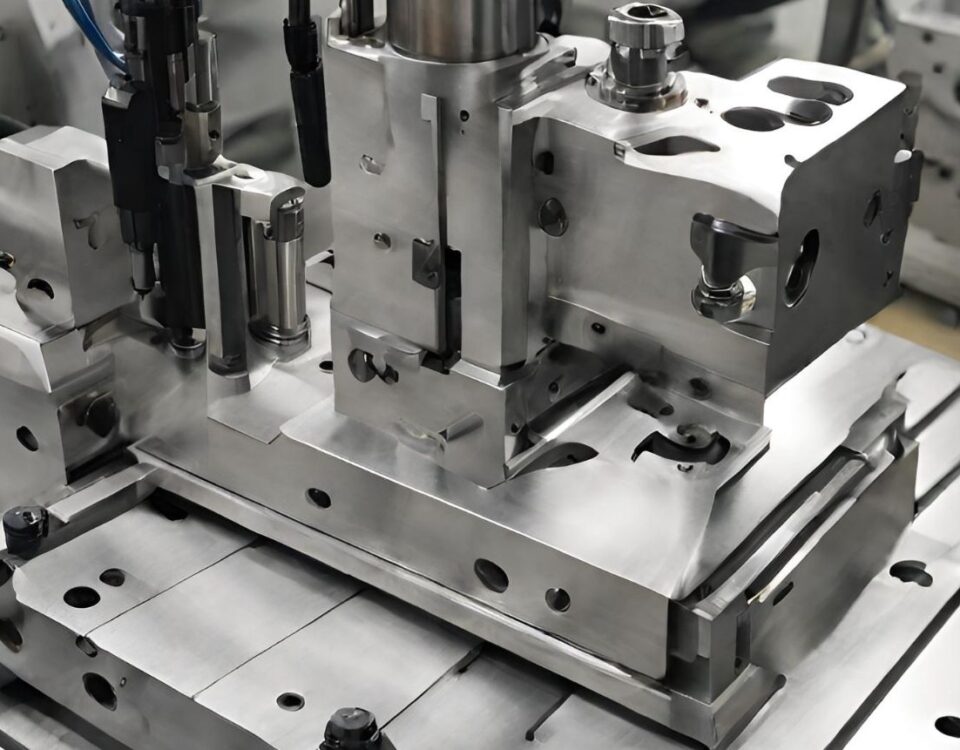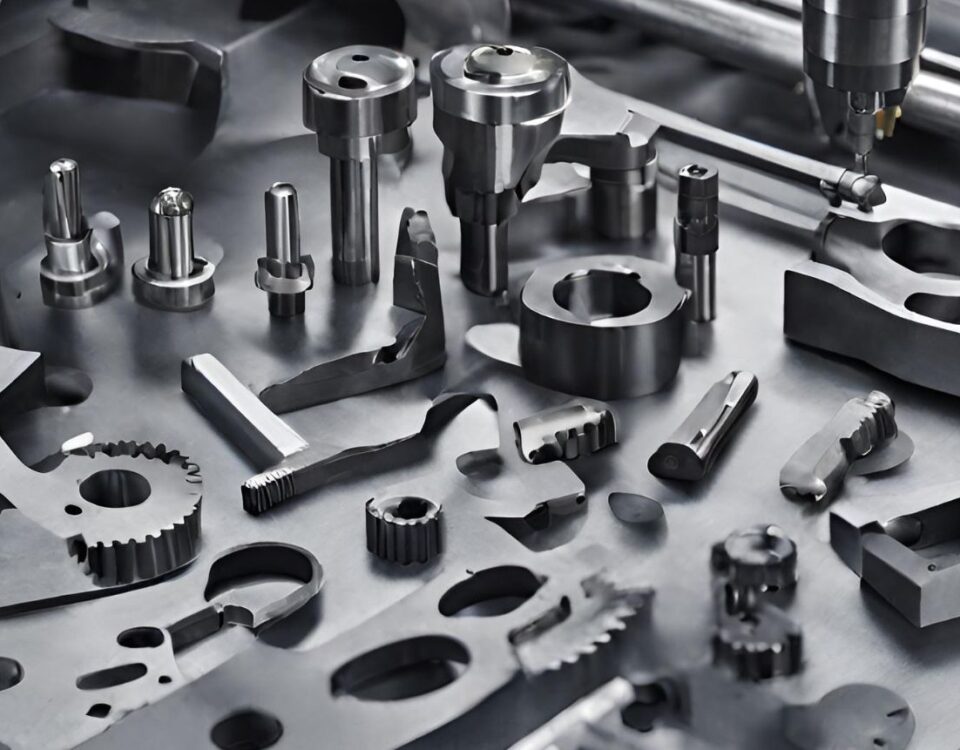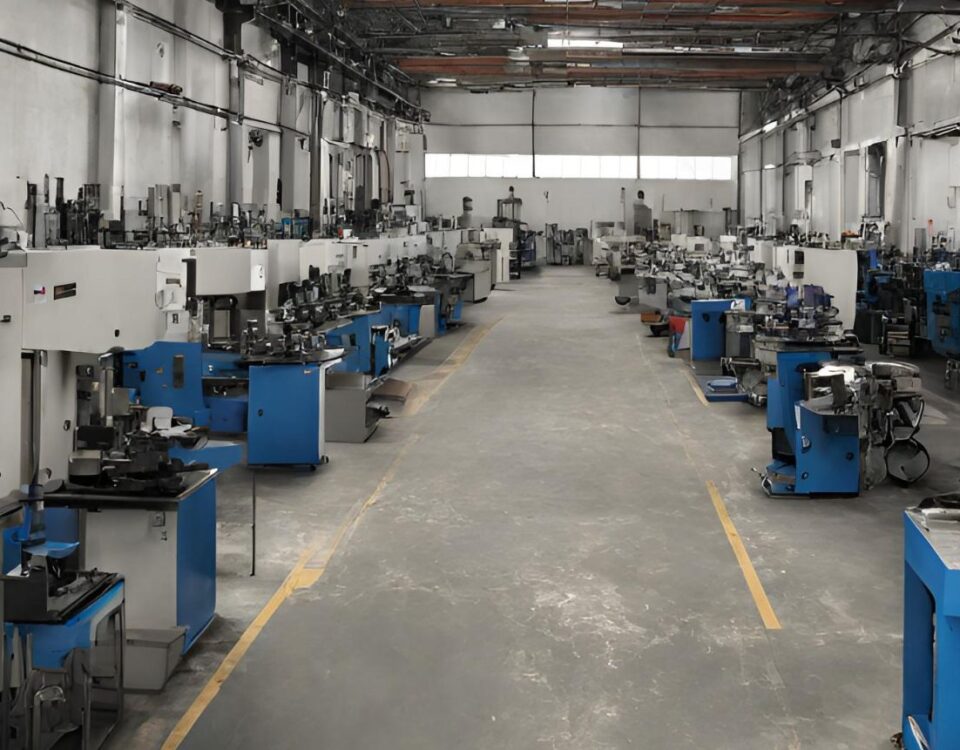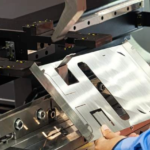
How to Custom Sheet Metal Fabrication
7 November 2023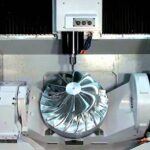
What Is 5 Axis CNC Machining Work?
8 November 2023Given how frequently plastic is used, plastic machining is one of the most widespread industrial operations. But plastic CNC machining isn't what it was in the past anymore. These days, plastics can be made with strength sufficient to deflect a bullet. This requires a very hard machining process. Plastics CNC machining is now a great way to meet these needs. There is great diversity in the physical and chemical structures of plastics. CNC machining can be used to easily machine all of these varieties.
What is Plastic CNC Machining?
Plastic CNC machining refers to the process of using computer numerical control (CNC) technology to shape and cut plastic materials into desired shapes and dimensions. It is a precise and efficient method for manufacturing plastic parts and components.
In plastic CNC machining, a CNC machine is programmed to control the movement of cutting tools, such as drills, mills, or routers, to remove material from a plastic workpiece. The CNC machine follows the instructions from a computer program and executes precise movements along multiple axes (typically X, Y, and Z) to create the desired shape.
The process begins with designing a 3D model of the desired plastic part using computer-aided design (CAD) software. The CAD file is then converted into a CNC program that contains instructions for the CNC machine to follow. These instructions dictate the specific tool paths, cutting speeds, and depths to create the desired features on the plastic workpiece.
Plastic CNC machining offers several advantages:
1. Precision: CNC machines provide high accuracy and repeatability, ensuring precise and consistent plastic parts with tight tolerances.
2. Versatility: CNC machining can handle a wide range of plastic materials, including ABS, acrylic, polycarbonate, nylon, PEEK, and more. It can produce complex geometries, intricate details, and various surface finishes.
3. Efficiency: CNC machines can perform multiple operations, such as drilling, milling, turning, and threading, in a single setup, reducing production time and increasing efficiency.
4. Cost-effectiveness: With the ability to produce complex plastic parts accurately and efficiently, CNC machining offers a cost-effective solution, especially for small to medium production runs.
5. Design Flexibility: CNC machining allows for design changes and modifications to be easily accommodated, making it suitable for prototyping or iterative design processes.
Plastic CNC machining is commonly employed in industries such as automotive, aerospace, electronics, medical devices, consumer goods, and more. It offers a reliable and precise method for manufacturing plastic parts with a high level of customization and quality.
Can Plastics Be CNC Machined?
Yes, plastics can be machined with a CNC. Making plastic components is actually best done with CNC machining. This occurs as a result of the process's great accuracy and speed. Compared to other options such as injection molding or 3D printing, the quality of plastic CNC machining is significantly higher.
What Are the Common CNC Machining Plastics?
There are several common plastics used in CNC machining due to their favorable properties and machinability. Here are some of the most frequently used plastics in CNC machining:
1. Acrylic (PMMA): Acrylic is a versatile plastic known for its clarity, impact resistance, and ease of machining. It can be machined into various shapes and is often used for signage, display cases, lighting fixtures, and prototypes.
2. ABS (Acrylonitrile Butadiene Styrene): ABS is a popular plastic known for its toughness, impact resistance, and machinability. It is commonly used in automotive parts, consumer goods, electronics, and prototyping applications.
3. Nylon: Nylon is a strong and durable plastic with excellent wear resistance. It is often used for parts that require high strength, such as gears, bushings, bearings, and structural components.
4. Polycarbonate (PC): Polycarbonate is a transparent and impact-resistant plastic with good heat resistance. It is commonly used in applications that require high strength and optical clarity, such as machine guards, automotive components, and electrical enclosures.
5. PEEK (Polyether Ether Ketone): PEEK is a high-performance thermoplastic known for its excellent mechanical properties, chemical resistance, and high temperature resistance. It is used in demanding applications, including aerospace, medical implants, and oil and gas industries.
6. Delrin (Polyoxymethylene): Delrin is a low-friction and wear-resistant plastic that offers good dimensional stability. It is commonly used for gears, bushings, rollers, and other parts that require low friction and high durability.
7. PVC (Polyvinyl Chloride): PVC is a versatile plastic known for its chemical resistance, electrical insulation properties, and ease of machining. It is used in a wide range of applications, including pipes, fittings, electrical enclosures, and signage.
These are just a few examples of plastics commonly machined using CNC techniques. The specific plastic used will depend on the desired properties, application requirements, and compatibility with the intended use of the machined parts. It is always important to consider the specific characteristics and limitations of each plastic when choosing the appropriate material for CNC machining.
How to Choose the Right Plastic For Your CNC Project?
There are many different plastics to choose from for whatever you manufacture. The choice of plastic should be done by evaluating the various parameters that influence the decision. Some of these factors are:
- Understand project requirements: Determine the specific needs of your project, such as mechanical strength, chemical resistance, dimensional stability, temperature resistance, electrical properties, and desired surface finish. Consider factors such as load-bearing capacity, environmental exposure, and any regulatory or industry requirements.
- Evaluate material properties: Research the properties of different plastics and compare them to your project requirements. Consider factors such as strength, stiffness, impact resistance, heat resistance, chemical resistance, UV stability, and electrical insulation properties. Each plastic has unique characteristics that make it suitable for specific applications.
- Machinability: Consider the machinability of the plastic material. Some plastics are easier to machine, while others may require special considerations, such as slower cutting speeds, specific tooling, or coolant usage. Evaluate the compatibility of the plastic with CNC machining processes, such as milling or turning.
- Cost considerations: Assess the cost of the plastic material, including both the material itself and any additional machining or finishing processes required. Some plastics may be more expensive than others, so consider the overall project budget and the cost-effectiveness of the chosen material.
- Availability and lead time: Check the availability of the plastic material and ensure it can be sourced within your project timeline. Some specialized or high-performance plastics may have longer lead times or limited availability.
- Consult experts and suppliers: Seek advice from plastic suppliers, CNC machining experts, or material engineers who can provide guidance based on their expertise and experience. They can help you identify the most suitable plastic material for your project and provide recommendations based on your specific requirements.
By considering these steps and consulting with professionals, you can make an informed decision when choosing the right plastic material for your CNC project.
Conclusion
In conclusion, plastic CNC machining offers a versatile and efficient method for producing high-quality plastic parts with precise dimensions and complex shapes. Several types of plastics are commonly used in CNC machining, including acrylic, ABS, nylon, polycarbonate, PEEK, Delrin, and PVC. Each plastic material has unique properties that make it suitable for various applications.
When selecting the right plastic for your CNC project, it is crucial to understand the specific requirements of your application, such as mechanical strength, chemical resistance, temperature resistance, and surface finish. Evaluating material properties, considering machinability, cost factors, availability, and consulting experts or suppliers can help in making an informed decision.
CNC milling, turning, routing, and laser cutting are the primary machining procedures used for plastics. CNC milling is suitable for complex shapes and intricate details, while CNC turning is ideal for cylindrical parts. CNC routing is used for larger plastic sheets or panels, and laser cutting provides precise cuts and engraving. The choice of machining process depends on the size, complexity, tolerances, surface finish, and production volume of the plastic part.
By considering these types of plastics, understanding their properties, and selecting the appropriate machining procedures, you can ensure the successful completion of your plastic CNC machining project while meeting your specific requirements and achieving the desired outcome.

